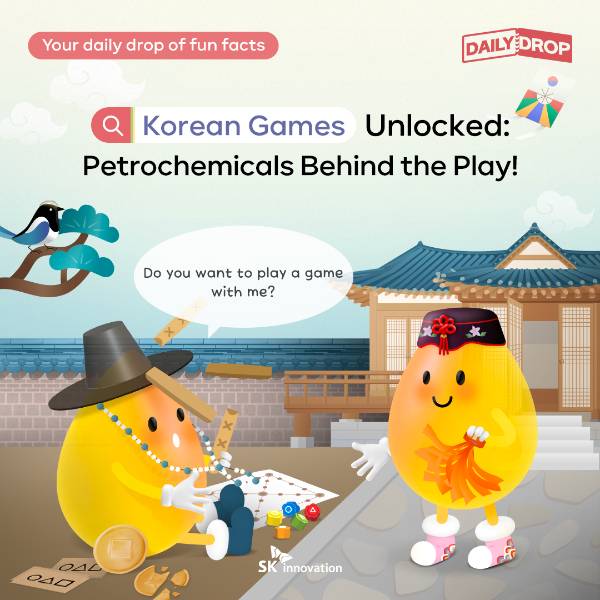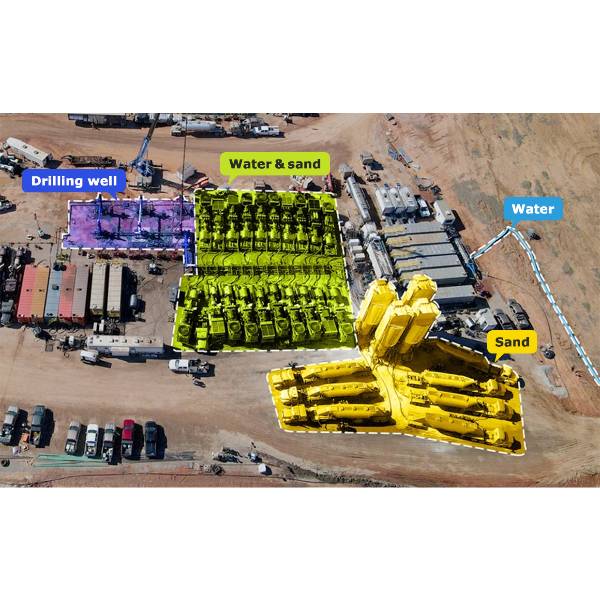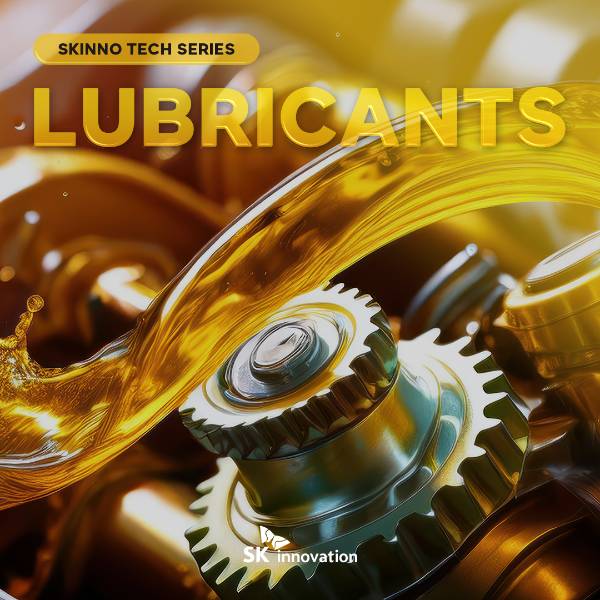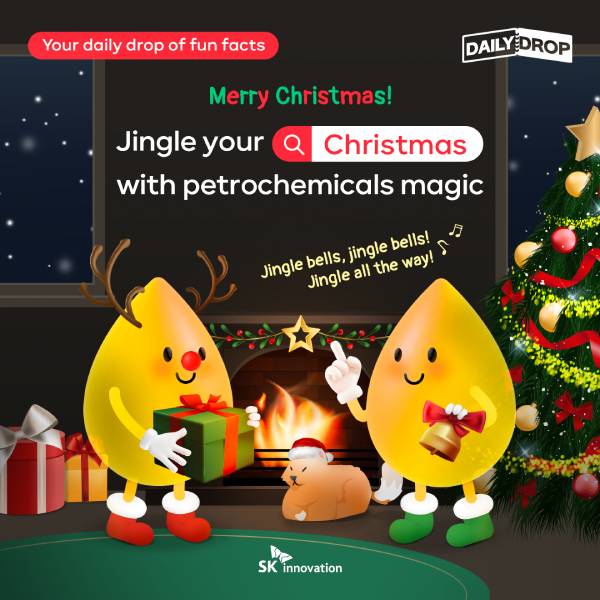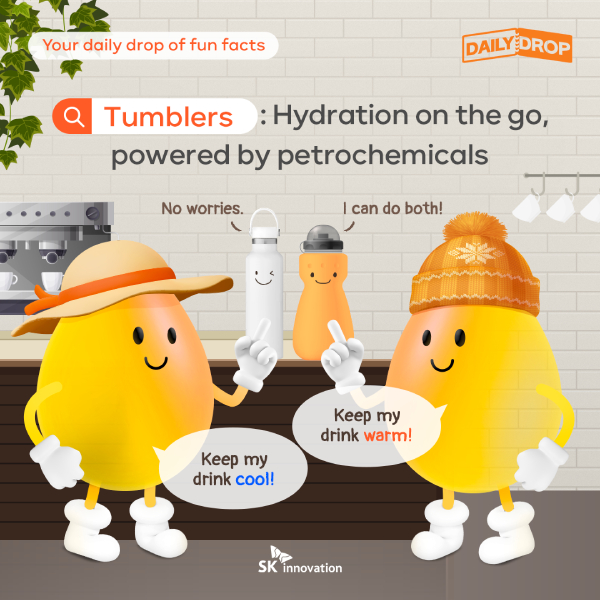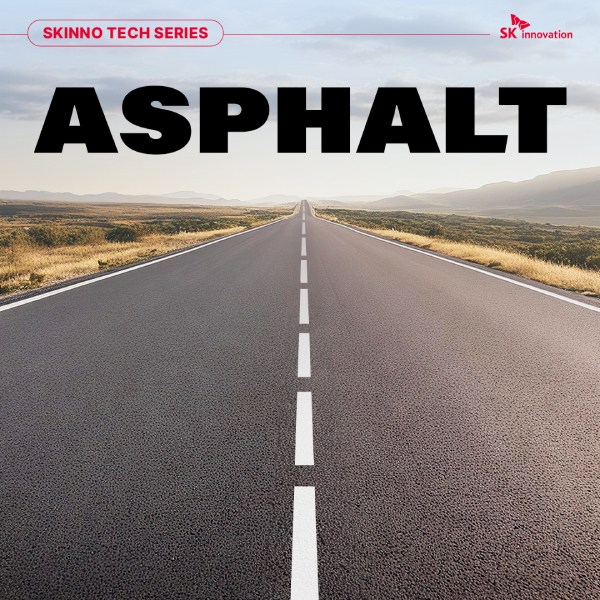 Trends & Reports
Trends & Reports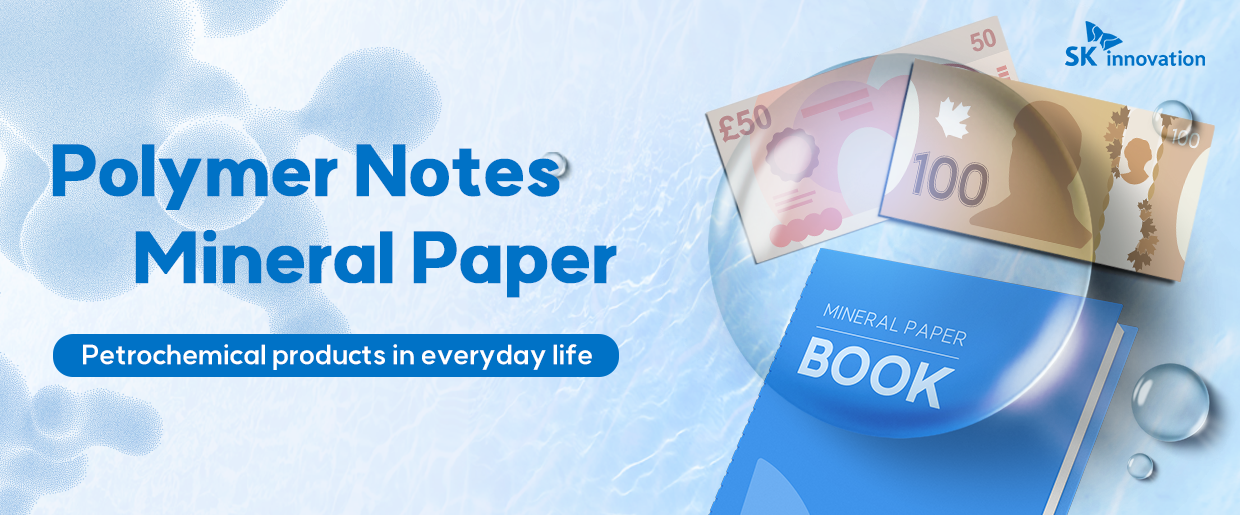
| Lunar New Year and the tradition of giving lucky money
A few days ago, we have celebrated the Lunar New Year, one of the biggest festivals and holidays in many Asian countries. The way people celebrate Lunar New Year has changed bit by bit over time, but the core value of this event stays the same. It is the time for families to gather, share good foods and wish everyone a happy new year. Among multiple traditions, exchanging New Year Money is observed to have been remained in most places that have this holiday.
Although the method of giving New Year Money (or Lucky Money) may vary slightly in each country, the common practice is that adults giving money to children or elderly while wishing them well. In China, during the Lunar New Year, New Year Money called “Hongbao” which means a red envelope, as red symbolizes good luck and protection against bad luck, and notes are literally put in red envelopes. In Malaysia, where a quarter of the population is of Chinese descent, the red envelopes are called “Ang pows,” and they are often given with mandarin oranges. In Vietnam, the Lucky Money is called “Li xi“ or “Tien mung tuoi,” which literally means “money to celebrate a new age”. In Korea, after children giving new year’s bow to the elders, they will receive New Year Money known as “sebaetdon,” which are traditionally put inside the “luck pouches”.
Recently, due to the development of mobile money or account transfers, there are increasing cases where New Year Money is not necessarily given in banknotes. The number of mobile Hongbao users in China are increasing every year. Similarly, in Korea, nowadays New Year Money is often delivered through bank transfers rather than in banknotes. However, many people still believe that New Year Money must be new banknotes to convey good energy of a new year, a fresh start. This belief results in a significant number of banknotes are used during the Lunar New Year. As a result, despite the rising of digital banking, banknotes receive more attention during this time of the year and there is an interesting fact about banknotes: While paper-based materials have been the most widely used types of note, many countries have switched to polymer banknotes.
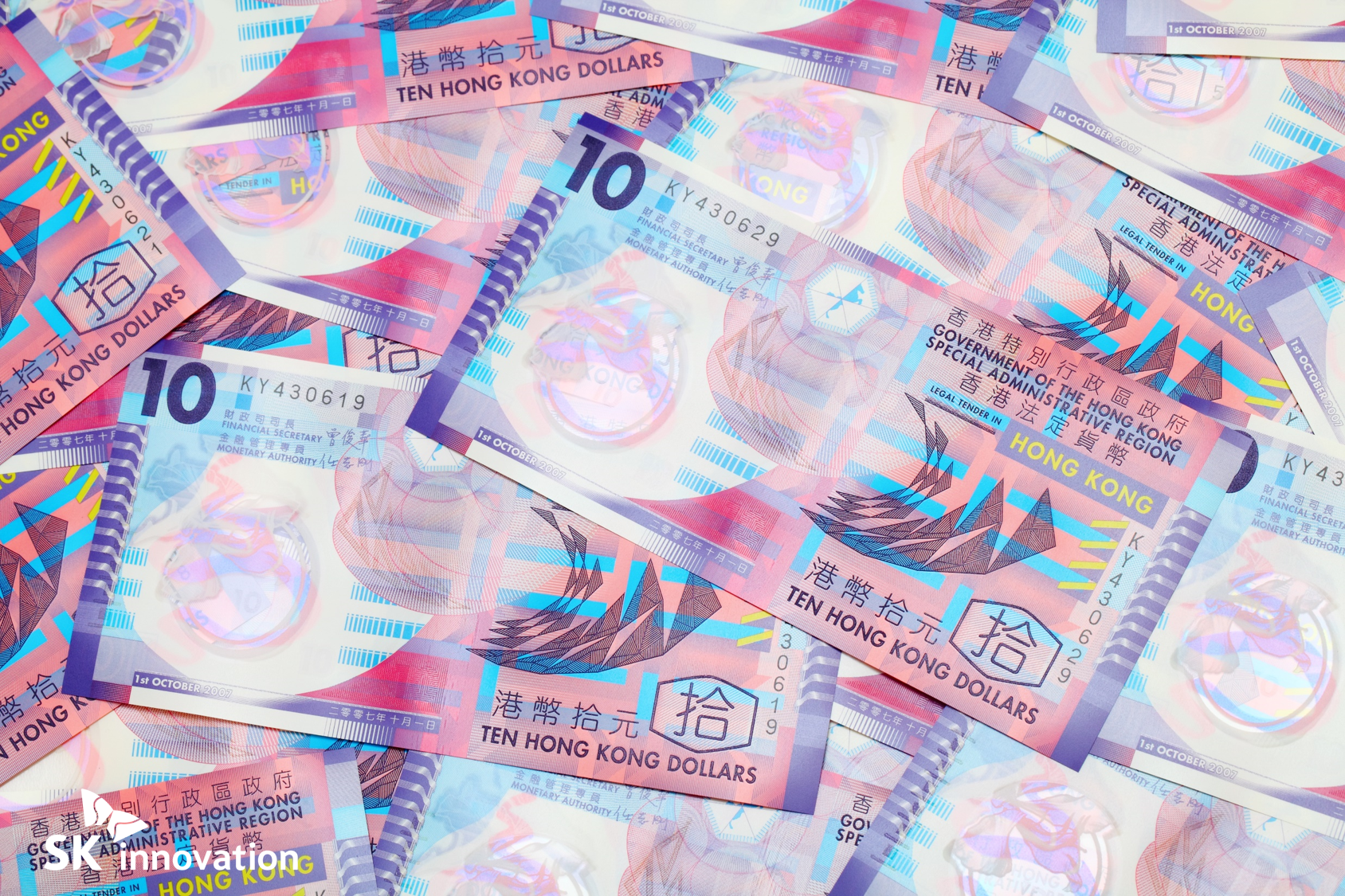
▲ The ten-Hong Kong dollar-banknotes
| The advantages of polymer notes
Polymer banknotes are currencies printed on polymer, a type of polypropylene (PP), so they are sometimes called plastic notes. With is strong durability and stability, PP does not deform under scorching sunlight nor harden in the cold winter, making it an excellent material for various applications such as films, fibers, and automotive parts.
Additionally, the PP is lighter and easier to maintain than cotton fiber. It also has a very low absorption rate, preventing moisture that could foster bacterial growth. This means they remains clean for a longer period compared to conventional cotton fiber-based notes. It is tear-resistant, foldable, and non-wrinkling, thus being less susceptible to damage.
Moreover, since PP is highly durable, compared to the original paper notes, polymer bills are said to have five times longer durability and can be used for more than ten years. It can be decomposed and recycled into other plastic products or regenerated fibers. In short, polymer notes overcome the limitations of paper ones regarding its cleanliness, durability, and recyclability.
With such advantages, about 50 countries across the globe including England, Australia, Canada, Vietnam, New Zealand, Costa Rica, and Romania, are using polymer banknotes. So if you happen to travel to these countries or receive New Year Money in Vietnam or Hong Kong, you will get a chance to use the polymer-based notes.
| Mineral paper, the combination of nature and technology
Also related to the New Year, many people often set reading more books as one of their New Year’s Resolution. Aside from the digital books and traditional paper-based one, have you ever heard of books made with mineral paper?
Mineral paper is a special type of paper made by mixing 80% calcium carbonate, 18% high-density polyethylene (PE), and 2% coating materials. Unlike ordinary paper, it is semi-permanent and less susceptible to damage or contamination, and can reduce resource waste. Moreover, it is water-resistant so it is easier to care.

Furthermore, mineral paper has exceptional durability that is incomparable to ordinary paper. The key component for this is the high-density PE. As a primary material in plastics, high-density PE is semi-transparent and dense, contributing to its high durability. So if you like to read from paper books rather than digital ones, mineral- paper-based products are definitely something you should try.
Through what we introduced in this post, you can spot how petrochemicals have improved the convenience of our life by being used event in what were considered the “exclusive domain of paper materials.” Sometimes, they may not be visible to the naked eye, but if you try to take a closer look at various things around, even the banknotes that are exchanged daily, you will learn more about the roles and the funs of petrochemicals.










 Youtube
Youtube Facebook
Facebook Instagram
Instagram Linkedin
Linkedin








